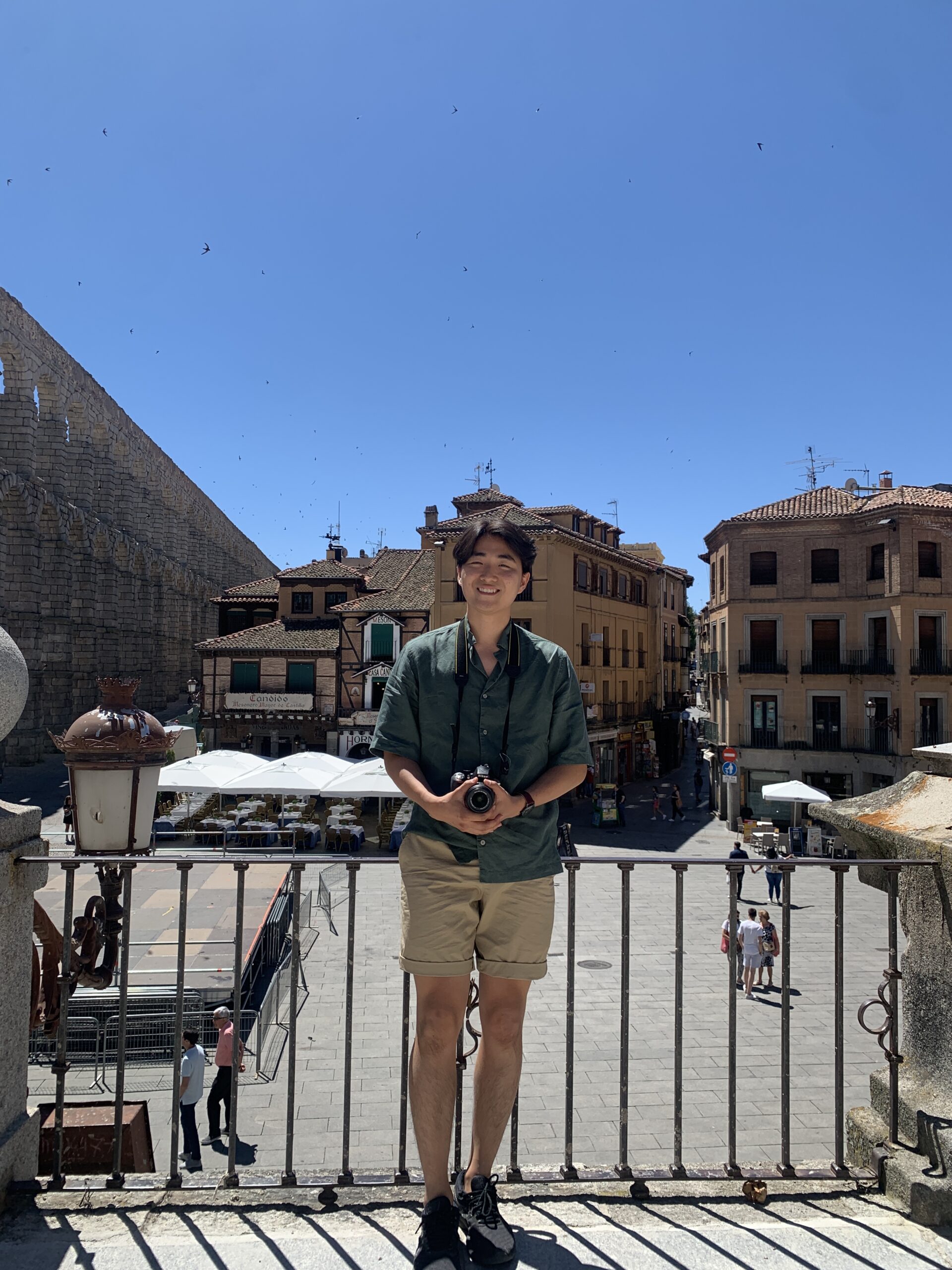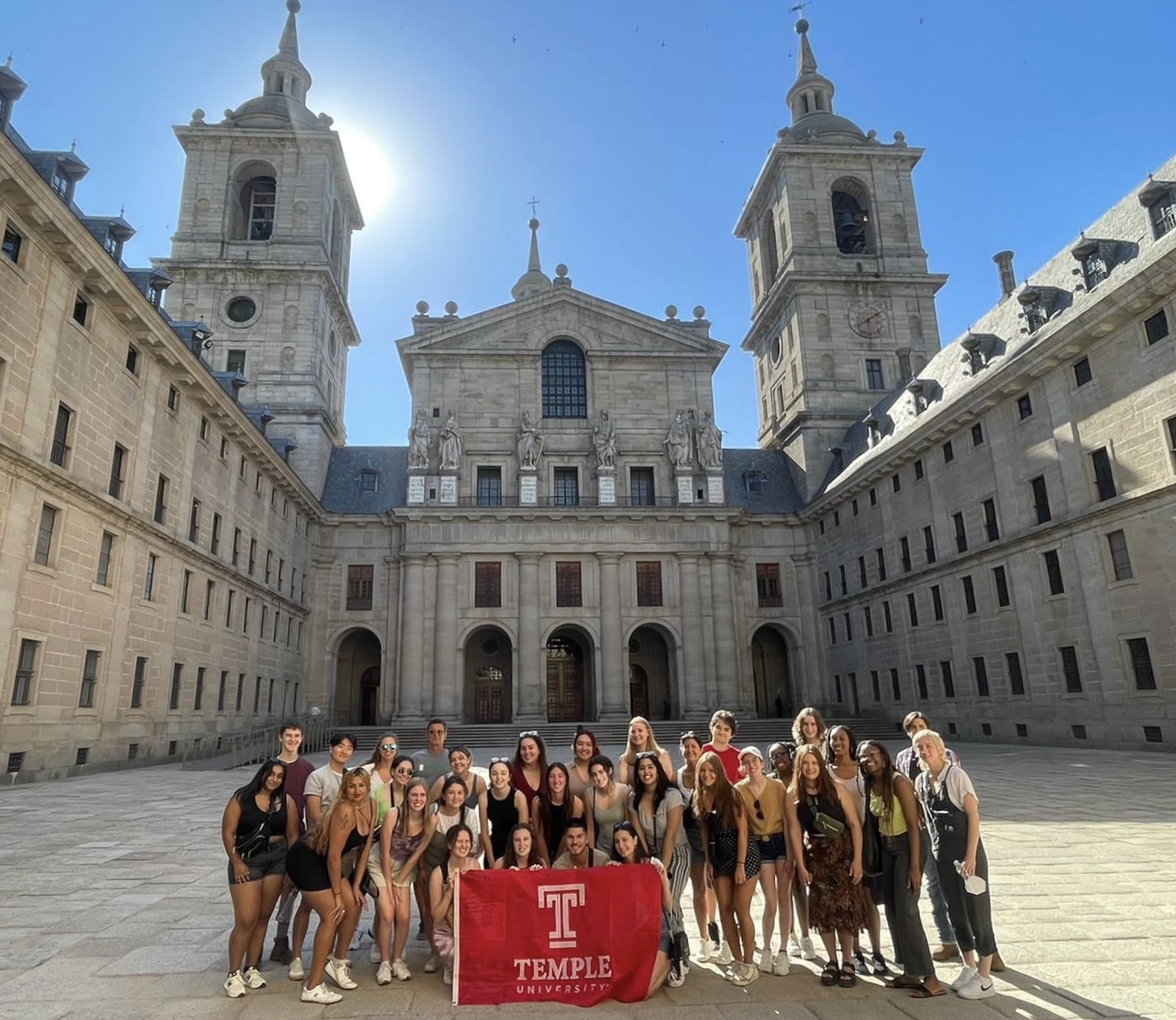
To be Remembered: Thoughts from a Week in Madrid
My study abroad program in Spain goes for a total of five weeks. It started in the center of the country in Madrid and will end in a small northern city of Oviedo. The first week was orientation week. Instead of classes, we stayed at a hotel, explored the city, and learned its history.
We stayed at “Hotel Opera”. As the name suggests, it is located next to Madrid’s beloved Opera house and less than a five-minute walk from the royal palace and the cathedral.
Every day of the week, we were given a tour of various historical and artistic sites, both in and out of Madrid. The following are the places we visited.
Day 1: El Escorial – monastery / The royal family’s Summer Palace and Burial Ground
Day 2: Prado Museum and The Royal Palace
Day 3: Segovia – Historic city known for The Alcazar (fortress) and the Roman Aqueducts
Day 4: Toledo – Old capital of the Spanish Empire
Gerry was our guide for the week. At every location, we were given whispers, an earpiece that allowed him to “whisper” into our ears from the front of the line. Gerry and the whispers elevated sightseeing to Spain’s rich historical and artistic lessons.
During this week, I did more walking than I had done all past year and saw more ornate architecture and artwork than I had seen all my life. We went to palaces, cathedrals, and museums. However, though beautiful, it left a bitter taste in my mouth. I think this was because of a well-known stoic phrase I saw on the first day. In the Escorial, there was a library. It was the most beautiful library I have ever seen, filled with hundreds of texts carefully collected by King Phillip II. At the library entrance, the phrase, “Memento Mori” was ingrained on the head of the doorway. It was placed there to remind its visitors and the royal family of death’s inevitability and avoid hubris (excessive pride/arrogance). However, the members of the royal family following King Phillip II seemed to be rather consumed by the wealth and material goods that an empire where the sun never sets provided. This was most evident to me in the royal palace.
At the royal palace, we were guided through the labyrinth of rooms. Every room had a theme and was decorated carefully with gold and other “exotic good” from all over the world, from the New World to the far east. Gerry explained that most of the time, the well-being of the people was not the primary concern for these rulers. Though beautiful, the price the commoners and those in the colonies had to pay for the entertainment of the select few, made these decorations almost repulsive. To me, it seems like these kings and queens were consumed by absolute power and led to pursue vanity. These experiences lead me to ask myself; how I would like to be remembered when I’m gone? Though I cannot answer that now, one thing for certain is that I want my actions and impact on society to be remembered, rather than what I was able to own.

